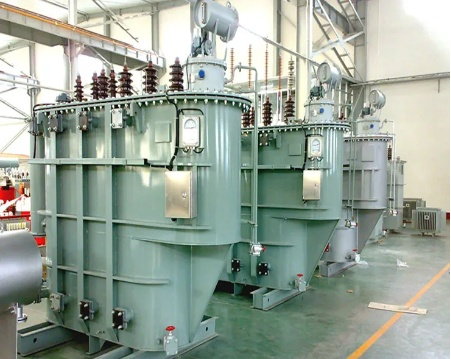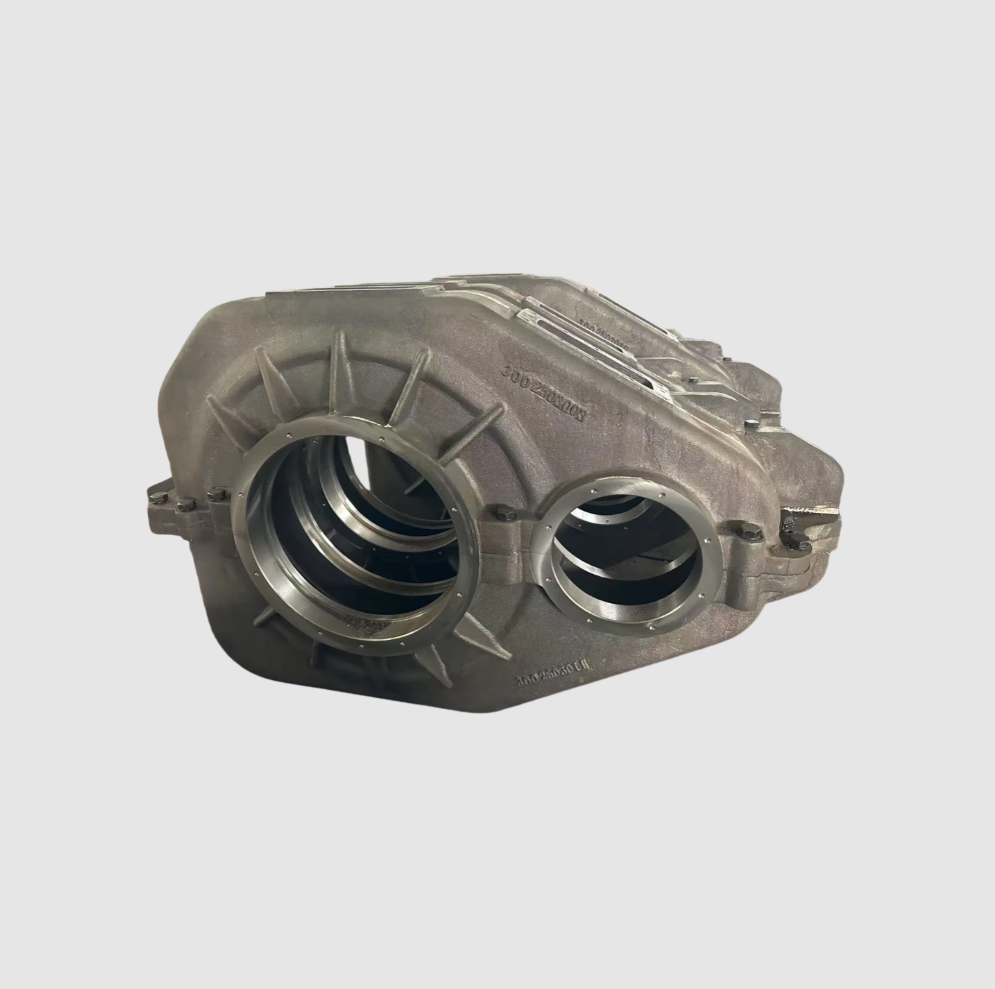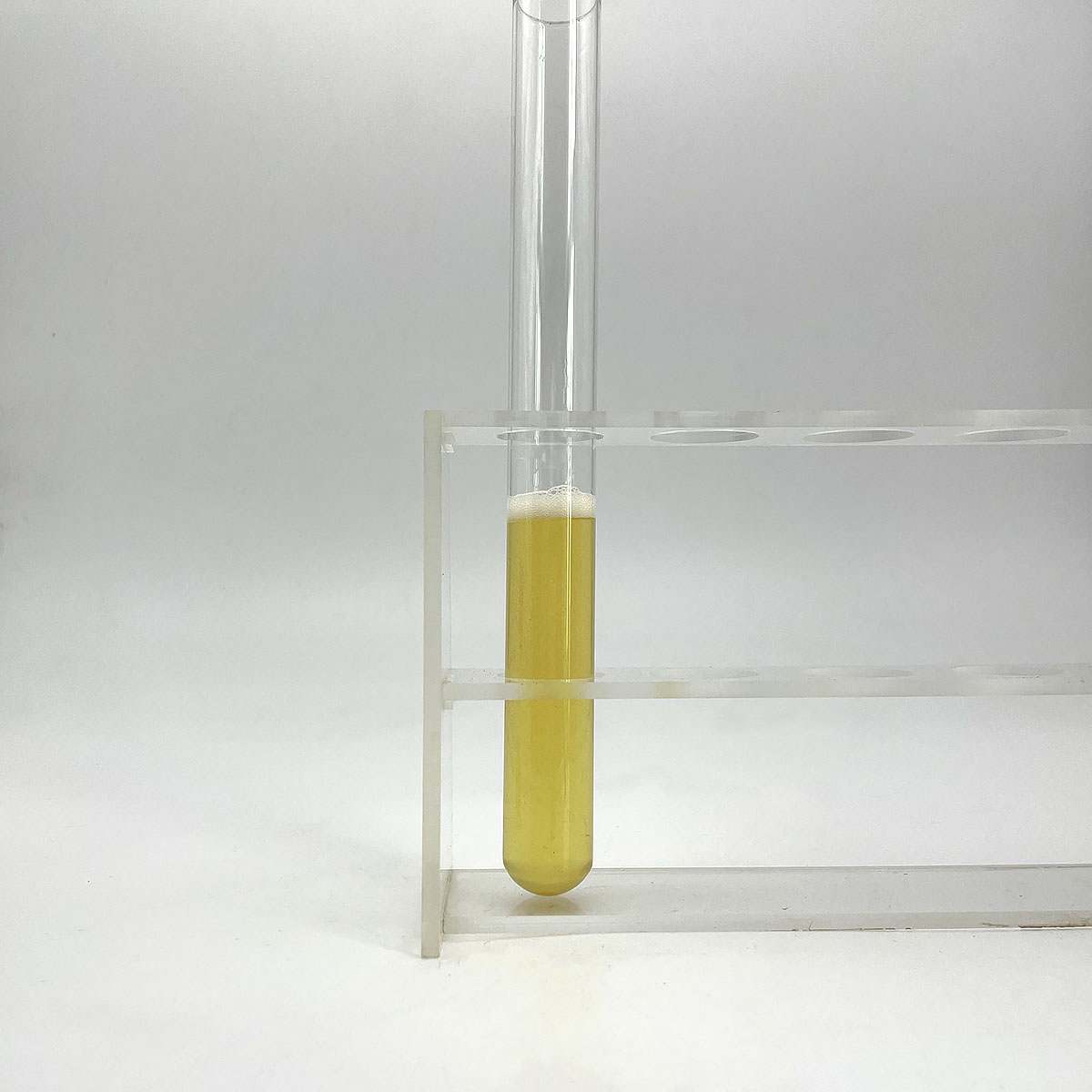Overview of High Quality CoCr Alloy Powder CoCrMoW Cobalt Chromium Molybdenum Powder
Metal powder is a common form of metal that has been processed into fine particles, ranging from a few micrometers to over 100 microns in diameter. It plays a crucial role in various industrial applications due to its unique properties and versatility.
Features of High Quality CoCr Alloy Powder CoCrMoW Cobalt Chromium Molybdenum Powder
Physical Characteristics
Particle Size: Ranging from nanometers to hundreds of micrometers, the size distribution significantly influences the powder’s flowability, packing density, and sintering behavior.
Shape: Particles can be spherical, irregular, flake-like, or dendritic, each shape affecting the final product’s mechanical properties and surface finish.
Purity: Depending on the production method, metal powders can achieve high levels of purity, critical for applications like electronics and aerospace where impurities can degrade performance.
Density: While less dense than their solid counterparts due to the presence of air between particles, metal powders can be densely packed during processing to approach the density of the solid metal.
Chemical Properties
Reactivity: Some metal powders, particularly aluminum and titanium, are highly reactive with air and moisture, necessitating careful handling and storage under inert atmospheres or vacuum.
Oxidation: Exposure to air can lead to surface oxidation, forming a passive layer that affects sintering and other processes. This can be managed through surface treatment or use of protective atmospheres.
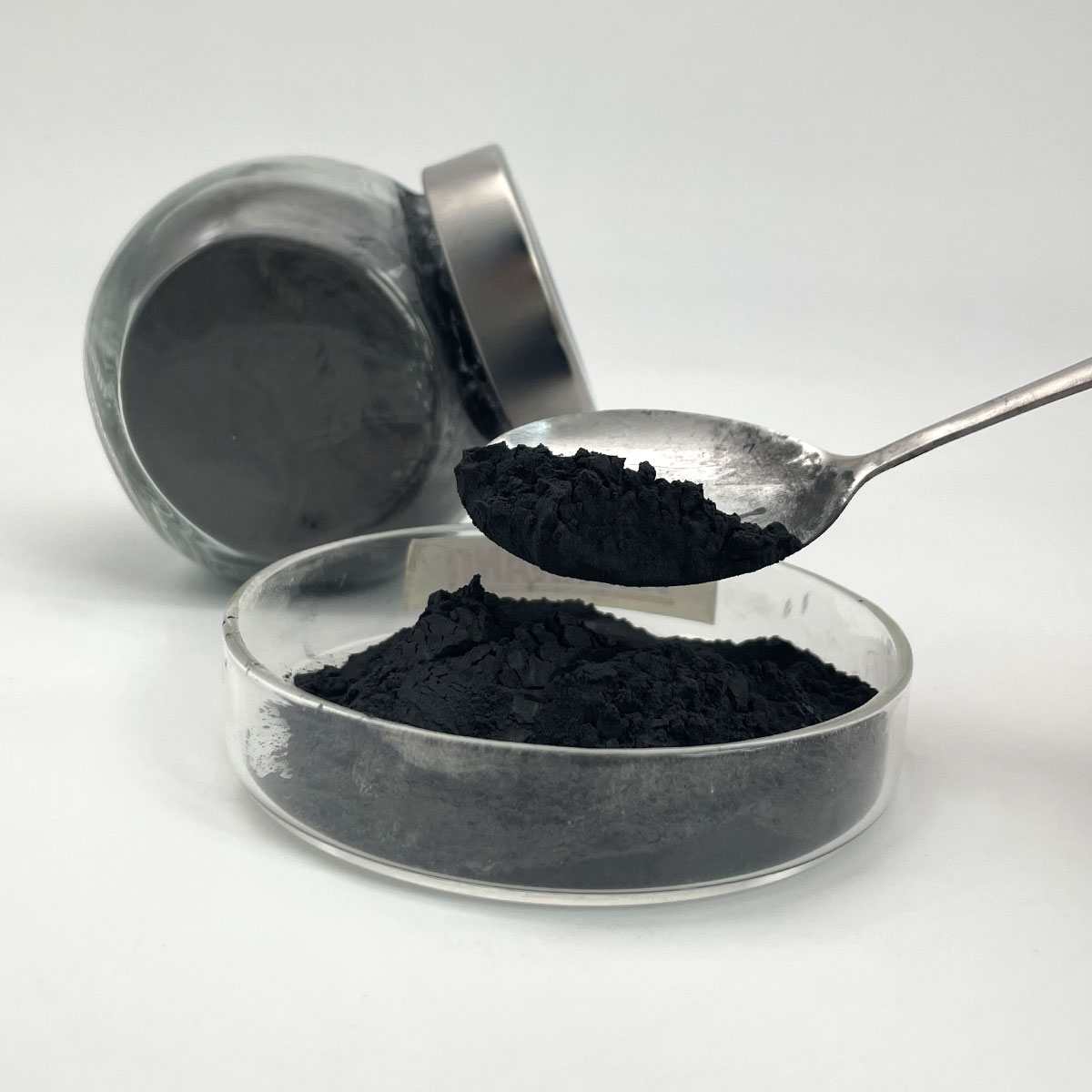
(High Quality CoCr Alloy Powder CoCrMoW Cobalt Chromium Molybdenum Powder)
Parameters of High Quality CoCr Alloy Powder CoCrMoW Cobalt Chromium Molybdenum Powder
Title: Comprehensive Overview of High-Quality CoCr (Co-Cr) Alloy Powder: CoCrMoW Properties and Applications
Introduction
Cobalt-Chromium (CoCr) alloys, specifically CoCrMoW, have gained significant recognition in the engineering and medical industries due to their exceptional strength, wear resistance, and biocompatibility. These alloys, composed primarily of cobalt, chromium, molybdenum, and sometimes tungsten, offer a wide range of properties that make them ideal for various applications, from industrial machinery components to orthopedic implants. This article delves into the key characteristics, composition, and applications of high-quality CoCrMoW alloy powder.
Composition
A typical CoCrMoW alloy contains approximately 18-25% cobalt (Co), 50-60% chromium (Cr), 7-13% molybdenum (Mo), and a small percentage of tungsten (W), usually around 2-4%. The addition of tungsten enhances the mechanical properties, while the chromium provides corrosion resistance and wear tolerance. The exact proportions can vary depending on the specific requirements of the application, as manufacturers may adjust the composition to optimize performance.
Microstructure and Properties
The microstructure of CoCrMoW is characterized by a body-centered cubic (BCC) crystal structure, which gives it excellent machinability and formability. The combination of cobalt and chromium results in a strong yet ductile material, with a high hardness and resistance to deformation under stress. Molybdenum contributes to improved strength, toughness, and creep resistance, making it suitable for high-temperature environments. Tungsten further enhances the hardness and wear resistance, making CoCrMoW an ideal choice for demanding applications like cutting tools and wear-resistant coatings.
Heat Treatment
CoCrMoW alloys can be heat-treated to tailor their properties for specific needs. Annealing at elevated temperatures can improve ductility and reduce internal stresses, while hardening treatments such as quenching and tempering can increase hardness without compromising toughness. This flexibility in heat treatment allows engineers to optimize the material’s balance between strength and resilience.
Applications
1. Industrial Machinery: CoCrMoW finds extensive use in the manufacturing sector for components that require high wear resistance, such as bearings, gears, and valve bodies. Its excellent mechanical properties and durability make it suitable for heavy-duty machinery and equipment operating under harsh conditions.
2. Aerospace and Defense: Due to its high-temperature stability and resistance to corrosion, CoCrMoW is employed in aerospace components like engine parts, turbine blades, and jet engine components. It also finds applications in defense systems where reliability and longevity are paramount.
3. Medical Implants: One of the most notable uses of CoCrMoW is in orthopedic implants, particularly in prosthetic joints and dental crowns. Its biocompatibility, wear resistance, and strength make it a popular choice for long-term implantation, ensuring patient comfort and longevity.
4. Wear-resistant Coatings: CoCrMoW powders can be used in powder metallurgy processes to create wear-resistant coatings on metal surfaces. This method offers improved tribological properties and extended service life for components in various industries, including automotive, mining, and construction.
Conclusion
In summary, high-quality CoCrMoW alloy powder is a versatile material with exceptional properties, making it a sought-after choice in multiple industries. Its unique composition, robust mechanical characteristics, and heat treatability enable it to excel in applications that demand durability, wear resistance, and corrosion resistance. As technology continues to advance, the potential for CoCrMoW to revolutionize various sectors will only grow, solidifying its position as a critical component in modern engineering and medical applications.
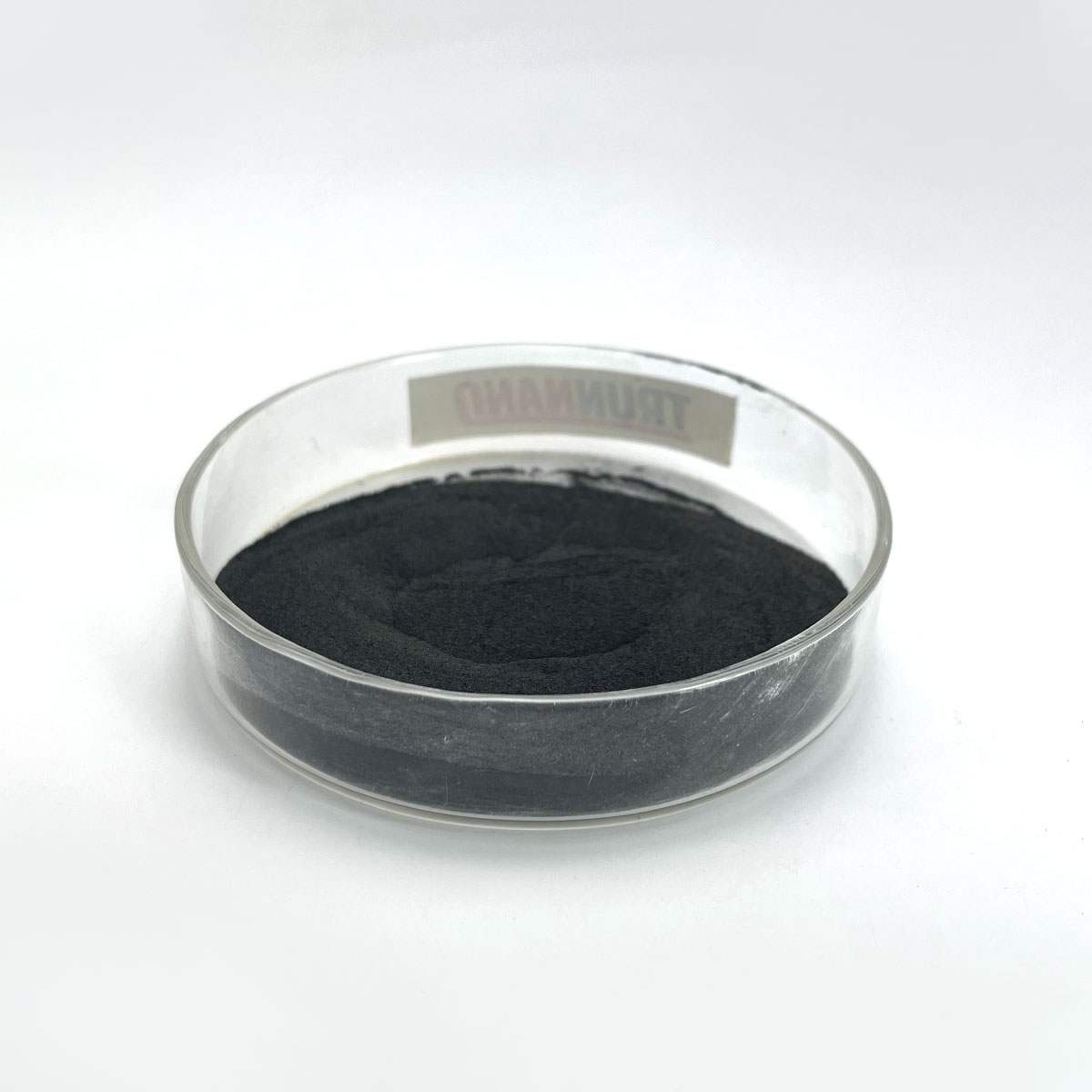
(High Quality CoCr Alloy Powder CoCrMoW Cobalt Chromium Molybdenum Powder)
FAQs of High Quality CoCr Alloy Powder CoCrMoW Cobalt Chromium Molybdenum Powder
Inquiry us


